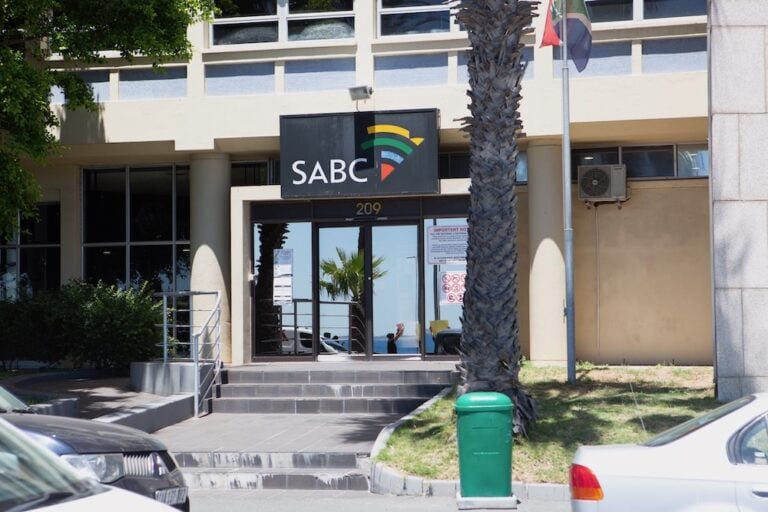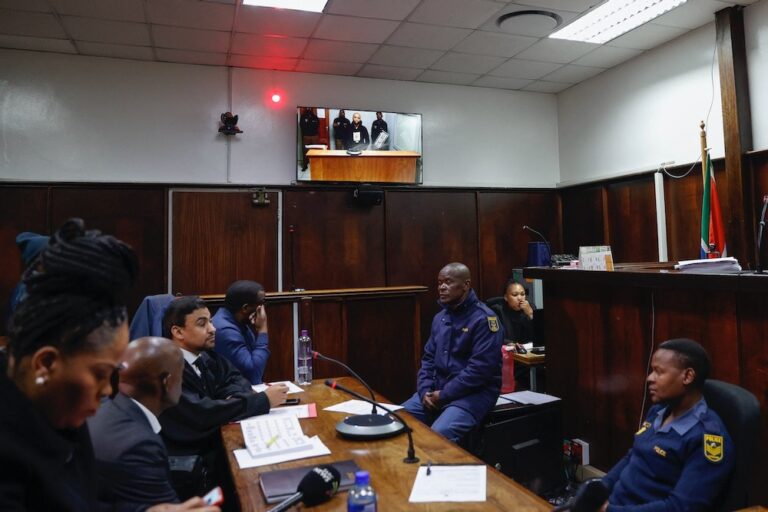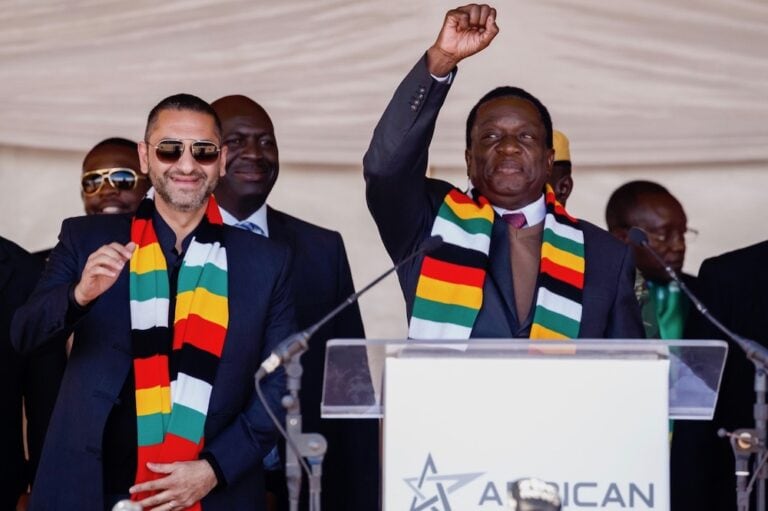(MISA/IFEX) – On Monday 18 June 2001, about forty members of the South African National Editors’ Forum (SANEF) braved the drizzle in Cape Town to protest subpoenas issued against media personnel. The protest was prompted by subpoenas issued for “Cape Times” photographer Benny Gool and “Die Burger” editor Arie Roussouw, to be witnesses in the […]
(MISA/IFEX) – On Monday 18 June 2001, about forty members of the South African National Editors’ Forum (SANEF) braved the drizzle in Cape Town to protest subpoenas issued against media personnel.
The protest was prompted by subpoenas issued for “Cape Times” photographer Benny Gool and “Die Burger” editor Arie Roussouw, to be witnesses in the current trial for the murder of gang leader Rashaad Staggie.
Mathatha Tsedu, chairperson of SANEF, said: “We go into situations where we present ourselves as journalists and people allow us into these situations because they know we will respect their confidentiality. If we are called to testify, then we may as well be police consultants.”
“This subpoena is a violation of Section 16 of the Constitution and it is vital that we protect our rights,” he said. The protesters failed to secure a permit to hold the gathering and were cautioned by two policemen.
Tsedu agreed that: “We didn’t have a permit, but we believe that all South Africans have the right to assemble peacefully.”
BACKGROUND:
A “Record of Understanding” was reached in February 1999 between the Ministers of Justice and Safety and Security, and the National Director of Public Prosecutions, which recognises the need “under appropriate circumstances, that media sources and information should be protected” and outlines certain procedures which have to be followed by the authorities before a subpoena can be issued under the Criminal Procedure Act.
The negotiations that led to the agreement related to Section 205 of the Criminal Procedure Act (the clause which empowers a court to demand the identity of journalists’ sources and/or information that journalists may have relating to the commission of a crime). The document states that the agreement would include, but not be limited to Sections 179 and 205 of the Criminal Procedure Act.
On 14 May, former “Cape Times” chief photographer Gool announced that he would not testify in the trial of Pagad members accused of lynching Hard Livings gang leader Staggie. On 15 May, the media highlighted the fact that Cape High Court Judge John Foxcroft declined to issue a warrant for the arrest of Gool, who did not arrive to testify in the trial. Judge Foxcroft pointed out the omissions and inadequacies surrounding the subpoena served on Gool, and said that the state should issue a new and correct subpoena.
On 25 May, the South African Union of Journalists (SAUJ) slammed Sanet for signing the aforementioned “Record of Understanding”.
Sechaba Ka Nkosi, president of the SAUJ, said the union supports Gool’s position. He added that SAUJ shares Gool’s view that journalists should not, at any given point, be made to look like security spies or agents in the eyes of the public. Ka Nkosi says the SAUJ has been discussing campaigns that will help Gool evade arrest.
While relations between SAUJ and Sanef are not sour, Ka Nkosi emphasised the need for a meeting between the two parties to discuss areas of common understanding in the future.
Staggie, the former co-leader of the Hard Livings gang, was shot and set alight by a lynch mob during a march on his Salt River home in Cape Town on 4 August 1996. Five Pagad members are on trial in the Cape High Court.


